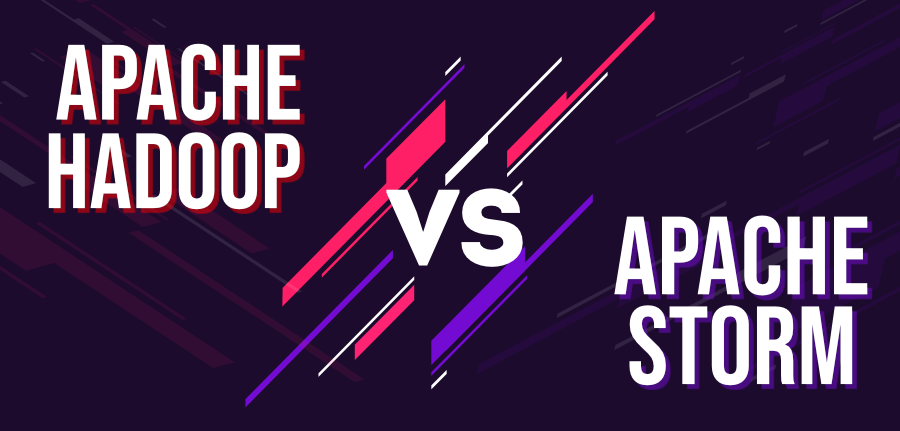Difference Between Apache Hadoop and Apache Storm
Last Updated :
15 Feb, 2023
Apache Hadoop: It is a collection of open-source software utilities that facilitate using a network of many computers to solve problems involving massive amounts of data and computation. It provides a software framework for distributed storage and processing of big data using the MapReduce programming model.
Apache Storm: It is a distributed stream processing computation framework written predominantly in the Clojure programming language. Originally created by Nathan Marz and the team at BackType, the project was open-sourced after being acquired by Twitter. 
Below is a table of differences between Apache Hadoop and Apache Storm:
| Features |
Apache Hadoop |
Apache Storm |
| Processing |
Distributed batch processing which uses MapReduce |
Distributed real-time data processing which uses DAGs |
| Latency |
High Latency i.e slow computation |
Low Latency i.e fast computation |
| Written Language |
Whole frame work is written in Java |
Frame work is written in Clojure and Java |
| Streaming processing |
It is State-full streaming processing |
It is State-less streaming processing |
| Setup |
Easy to setup but operating cluster is hard |
Easy to use |
| Data streaming |
Data is dynamic and continuously streamed |
Data is static and nonvolatile i.e data is persistence |
| Speed |
Slow |
Fast |
| Use cases |
It is used in Twitter, Navisite, Wego etc |
It is used in Black Box Data, Search Engine Data etc |
| Architecture |
Hadoop comprises HDFS (used for data storage) and MapReduce (used for Computation) as architectural units. |
Storm comprises streams, spouts, and bolts as their architectural units. |
Share your thoughts in the comments
Please Login to comment...